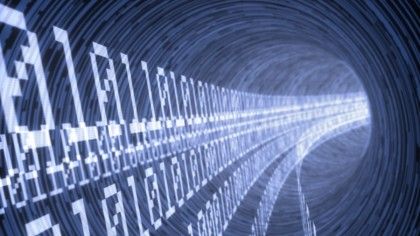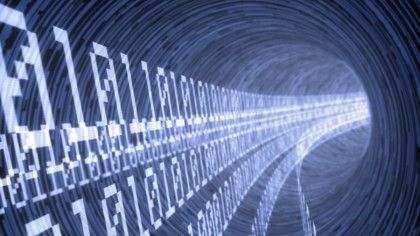
Data will soon be able to be stored in DNA. French startup Biomemory has already shipped a DNA storage device to the general public. Now the DNA Data Storage Alliance, a technology affiliate of the Storage Networking Industry Association (SNIA), has unveiled the first specifications for storing vendor and CODEC information within a DNA data archive.
Unlike traditional storage mediums such as tape, HDD, and SSD, DNA lacks a fixed physical structure, necessitating a unique mechanism for reading or “booting up” a DNA archive.
The SNIA DNA Archive Rosetta Stone (DARS) working group has developed two specifications, Sector Zero and Sector One, to enable archive readers to find the sequence to begin booting up the data.
Getting closer
Sector Zero provides the minimal information needed for the archive reader to identify the CODEC used to encode Sector One and the company that synthesized the DNA. Sector One includes information such as a description of contents, a file table, and parameters to transfer to a sequencer.
“A key goal of the DNA Data Storage Alliance is to set and publish specifications and standards that allow an interoperable DNA data storage ecosystem to grow,” said Dave Landsman, of the DNA Data Storage Alliance Board of Directors.
While there’s still a long way to go before DNA storage becomes the norm, Landsman believes we’re much closer to it than you might imagine. “With the publishing of the Alliance’s first specifications, we take an important step in achieving that goal,” he said. “Sector Zero and Sector One are now publicly available, allowing companies working in the space to adopt and implement.”
More from TechRadar Pro
Services Marketplace – Listings, Bookings & Reviews
